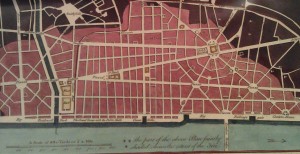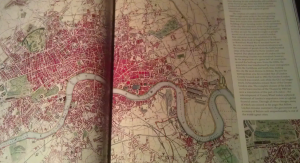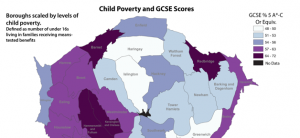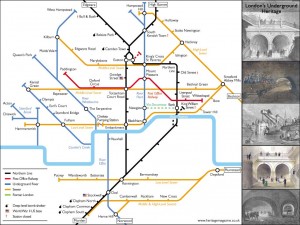The Index of Multiple Deprivation (IMD) is a measure of the “deprivation” of any given area. A combination of indicators covering a range of economic, social and housing issues, allow for a single deprivation score to be constructed, and these scores are then ranked. The data for the 32,482 Lower Layer Super Output Areas (LSOAs) that make up England was released in March 2011 for the 2010 IMD. This showed the rank of each LSOAs deprivation, ranging from 1 to 32,482. Fortunately due to a similar methodology being used to construct the 2010 IMD, it possible to compared it with the previous IMD released in 2007. Instead of focusing on a national scale I have re-ranked the data for London’s 4,765 LSOAs for both the 2007 and 2007 IMDs. Each of the 4,765 LSOAs have had their new ranks split into deciles, which is what is displayed on the maps below. This means there are roughly 476 LSOAs in each decile, or one tenth of all the areas in the dataset. Move your mouse over the picture, to swipe between the 2007 and 2010 London IMD. Show dividing line? I was inspired to use the “scrubber” technique by Oliver O’Brien, […]
Continue reading »




